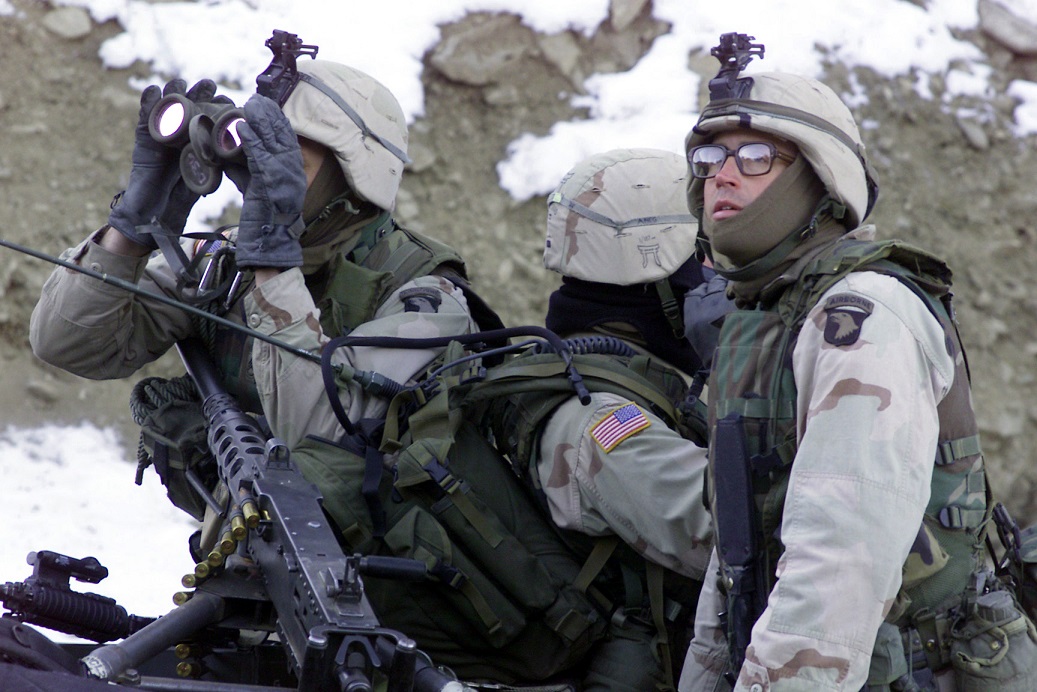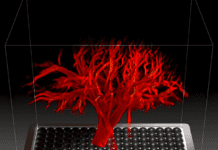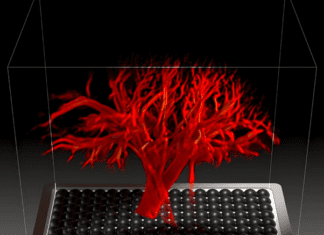This post is also available in:
 עברית (Hebrew)
עברית (Hebrew)
With the number of terrorist-related incidents increasing globally, and the method of attacks evolving, regular proactive training that responds to these changing threats is becoming a necessity. Virtual reality helps to bridge this gap by providing a cost-effective and rapid training solution.
Virtual and augmented reality help recreate dangerous, threat-to-life scenarios, helping train counter-terrorism officers and aid workers. “Serious games” are applied to security training. Primarily, serious games are developed to train or educate users and are particularly suited for specialized or dangerous scenarios such as natural disaster response, surgery, firefighting or counter-terrorism operations. They simulate real-world events and processes with the purpose of providing unique challenges to improve a user’s problem-solving capabilities.
The European Union’s project AUGGMED (Automated Serious Game Scenario Generator for Mixed Reality Training) has developed an online multi-user training platform for joint first responder and counter-terrorism training.
Virtual reality allows trainees to perform exercises within virtual reconstructions of the real world while interacting with virtual civilians and terrorists. However, augmented reality allows trainees to see and interact with virtual terrorists and civilians within the real world. Both technologies enable trainees to improve their decision making and gives them the experience of performing within stressful situations, according to the conversation.com.
The system was recently used by the Piraeus Port Authority in Greece to train for potential terrorist-related threats. Using augmented reality, on-site trainees in Piraeus worked alongside other trainees working remotely who were experiencing and responding to the same scenario through virtual reality. Together they had to effectively respond to a terrorist incident. This meant they had to assess the nature of the incident, before ensuring the safety of nearby civilians and neutralizing the threat.
Trainees from multiple agencies can train simultaneously and this enables collaborative training between different disciplines, such as the police force, security personnel and paramedics.
AUGGMED has been used to improve emergency service work across Europe and has been used by British police officers for critical incident response training.
Non-governmental organizations and humanitarian agencies are also exploring the use of VR to improve training. In 2017, a VR training simulation for the UN’s International Organisation for Migration (IOM) called Advanced Training, Learning And Scenario (ATLAS) was designed to train civilian staff who work in dangerous environments to respond effectively to life-threatening situations.
Trainees experience a convoy attack and have to assess and respond to the situation effectively to survive. As part of the simulation, trainees are expected to identify the threat and find the safest method of escape.


























